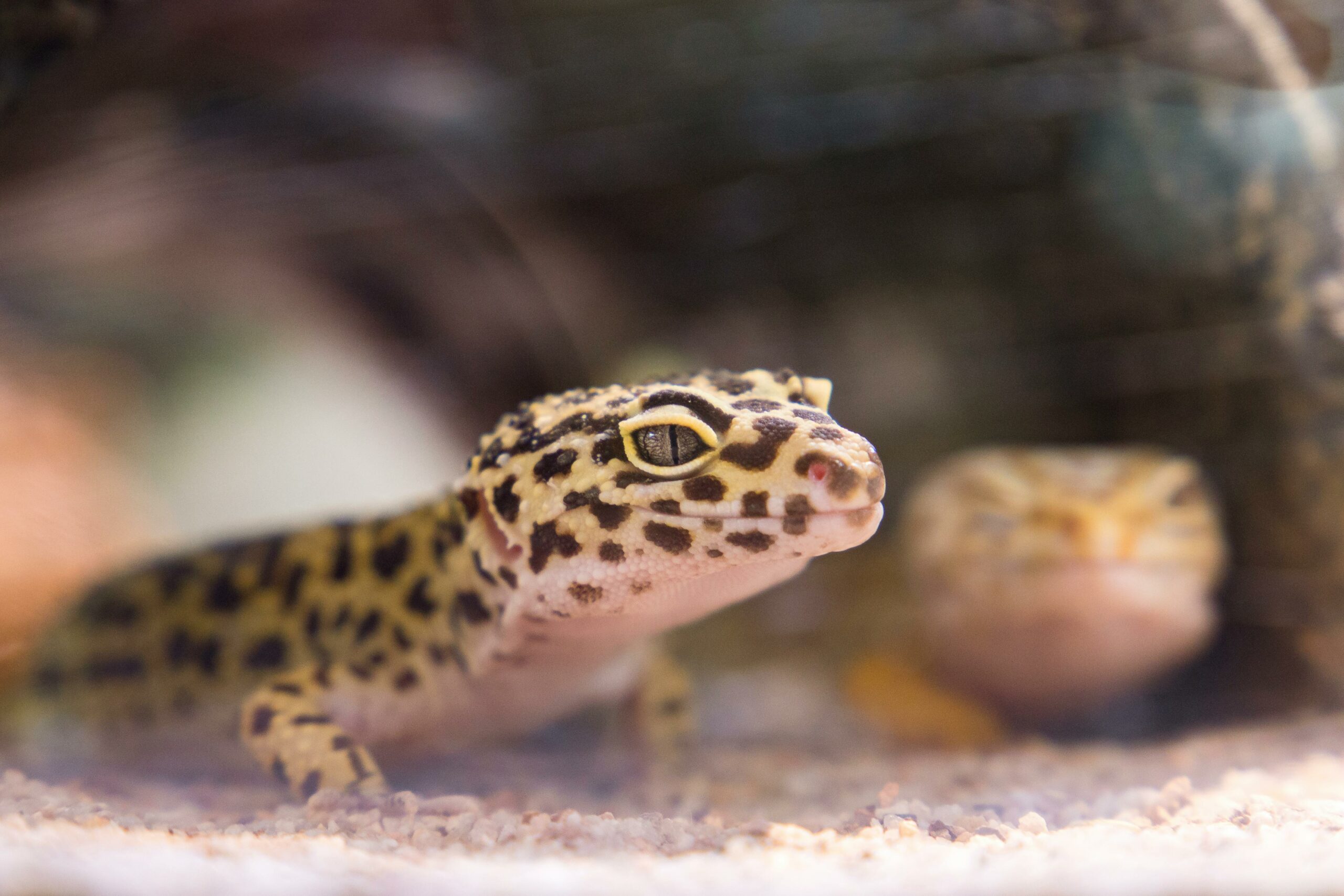
Geckos are fascinating creatures that spark curiosity in many pet owners, leaving them wondering if it is possible to take their gecko out of its habitat. Understanding the complexities and needs of these reptiles is essential in ensuring their well-being. The decision to take a gecko out of its habitat should not be taken lightly, as it can significantly impact their health and behavior. In this article, we will explore the factors to consider before making this decision and provide guidance on how to safely handle and interact with your gecko outside of its natural environment.
Can I take my gecko out of its habitat?
Geckos are fascinating creatures that make great pets. As a responsible gecko owner, you may be wondering if it’s safe to take your gecko out of its habitat from time to time. This article will explore the importance of A gecko’s habitat, when it’s okay to take your gecko out, the potential risks involved, how to prepare for an excursion outside the habitat, supervising your gecko, ensuring a safe environment, interacting with your gecko, handling and transportation, and finally, returning your gecko to its habitat.

The importance of a gecko’s habitat
A gecko’s habitat is its safe haven, mirroring its natural environment and providing essential elements for its well-being. It includes temperature-controlled enclosures, proper substrate, hiding spots, and lighting. These elements help regulate their body temperature, provide areas for them to retreat and feel secure, and facilitate their feeding and sleeping patterns. Disturbing this habitat can cause stress and health issues for your gecko. Therefore, it is crucial to create a suitable habitat and let your gecko acclimate to it before considering taking it out.
When is it okay to take your gecko out?
While it’s generally recommended to minimize handling and disturbances to your gecko’s habitat, there are times when it’s acceptable to take them out. These instances include health check-ups, habitat cleaning and maintenance, and supervised interaction during the bonding process. However, it’s essential to remember that geckos are naturally shy and prefer to stay in their secure habitat, so only take them out when necessary and with caution.
Potential risks of taking your gecko out
Taking your gecko out of its habitat carries certain risks that need to be carefully considered. Firstly, exposing your gecko to unfamiliar surroundings can cause stress and anxiety, which may lead to health issues. Additionally, there is a higher risk of injury or escape if your gecko is not properly supervised. Lastly, external factors like temperature and humidity variations can negatively affect your gecko’s well-being. Therefore, it’s crucial to be aware of these risks and take necessary precautions.
Preparing for a gecko outside its habitat
Before taking your gecko outside its habitat, ensure you have everything you need to create a safe and controlled environment for them. This includes an appropriately sized transport carrier, a secure harness or container, and a designated area free from potential hazards. Additionally, be mindful of the temperature and humidity levels, which should match your gecko’s natural habitat as closely as possible. Take the time to gather all necessary supplies and prepare your gecko for the excursion.

Supervising your gecko outside its habitat
While your gecko is outside its habitat, it’s crucial to supervise them closely to prevent any accidents or escapes. Never leave your gecko unattended, even for a moment, as they can move quickly and easily disappear in unfamiliar surroundings. Additionally, make sure there are no open windows, other pets, or harmful plants nearby that could pose a danger to your gecko. Stay present and observant to ensure the safety and well-being of your gecko.
Ensuring a safe environment
Creating a safe environment outside your gecko’s habitat is paramount. Remove any potential dangers, such as toxic plants, harmful objects, or sharp edges. Pay attention to the temperature and humidity levels, as sudden changes can be detrimental to your gecko’s health. Avoid exposing your gecko to direct sunlight for extended periods, as this can lead to overheating. By taking these precautions, you can minimize the risks associated with taking your gecko out of its habitat.

Interacting with your gecko
When you choose to interact with your gecko outside its habitat, it’s essential to do so calmly and gently. Approach your gecko with slow movements and avoid sudden gestures that might startle or stress them. Offer them the opportunity to explore within a confined and safe space. It’s important not to force any interaction or handling if your gecko appears stressed or uncomfortable. Respect their boundaries and allow them to dictate the level of interaction they are comfortable with.
Handling and transportation
Proper handling and transportation techniques are crucial when taking your gecko outside its habitat. Never grab or squeeze your gecko, as this can cause injury or distress. Instead, gently scoop them up from underneath, supporting their body and allowing them to feel secure. If using a transport carrier, ensure it is well-ventilated, escape-proof, and appropriately sized, providing a dark and comfortable space. Secure the carrier during transportation to prevent any accidents or injuries caused by sudden movements.

Returning your gecko to its habitat
Returning your gecko to its habitat should be done with care and consideration. Gradually re-introduce them back into their enclosure, allowing them to acclimate and settle. Ensure the temperature and humidity levels are thoroughly adjusted to mimic their natural habitat. It’s also beneficial to provide a hiding spot or familiar object that carries their scent to help them feel secure after the excursion. Observe your gecko for any signs of stress or discomfort and make any necessary adjustments to their habitat.
Conclusion
Taking your gecko out of its habitat can be done safely and responsibly, but it requires careful preparation and supervision. Always prioritize the well-being and comfort of your gecko, ensuring that the environment is safe, secure, and as close to their natural habitat as possible. Minimize the frequency of excursions and focus on building a suitable environment within their enclosure. By following these guidelines, you can create positive interactions with your gecko while maintaining their overall health and happiness.
